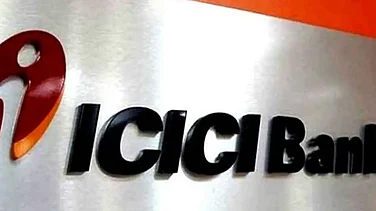“RBI has decreased the REPO rate by 25 basis point”,
“CPI inflation in the month of May increased to 3.2% on a year-on-year basis”,
“Fourth quarter growth in GDP stands at 5.8% in India”
The above lines often grab headlines in various media, eliciting reactions ranging from worry to ignorance. For a few of us, maybe some of it makes sense while for others maybe all of it makes sense. However, for many, such newflows are just jargon. In reality, these terms are very important as they not only impact our day to day life but can also potentially influence our future savings and growth. Inflation, Interest rates and GDP is the holy trinity of economic indicators that provide a snapshot of the economy from an average individual’s perspective.
Advertisement
Interest rates
Interest rate is the percentage amount charged on the principal amount by the lender to the borrower. In simple terms, if someone is lending you Rs 100,000 for 10 years at 8% interest pa, it means you will pay Rs 8,000 every year as an interest cost.
We usually take loans for purchasing a new home, buying a vehicle or funding our education. High-interest rates will cost you more and your cash outflow will increase in a high-interest-rate environment. The reverse is true for a low-interest rate environment. Interest rates also impact businesses and their decision to make capital investments. The base interest rate, known as the Repo rate in India, is decided by the Reserve Bank of India (RBI). The prevailing inflation rate, capital investments, overall growth and the pace of general economic activity, influence the central bank’s interest rate decisions.
Advertisement
Inflation
Time and again we have heard our mother say, “Sabji ke bhaav to dekho aasman chu gaye”. In complaining about the general price levels of basic goods or services, you mother is knowingly or unknowingly, alluding to inflation. Inflation is basically a quantitative measure for the rate at which the price of goods in an economy rise. Let’s say in June 2018, the price for wheat was Rs 20/kg which increased to Rs 21/kg in June 2019. From an average consumer’s perspective, he now has to pay Rs 5 more for the same quantity of wheat. This indicates that inflation for wheat is 5%. In an inflationary environment, things will cost you more compared to the previous year which can be detrimental to the household budget and consequently the savings of an individual.
GDP
Gross Domestic Product (GDP) is a measure of the value of goods and services produced in a country, in a specific time period. Generally, GDP is measured quarterly and yearly to determine the growth of any country. While GDP growth might not affect us directly like in the case of interest rates and inflation, it does have ramifications on our consumption and savings habit as interest rates and inflation are affected by the growth in GDP.
The Interlinked Trio
These three parameters are interlinked and the RBI uses interest rates as a tool to control inflation and influence GDP growth. If inflation is very high, the RBI might increase the interest rates which could encourage people to save more and spend less, resulting in a subsequent reduction in demand and inflation. However, the central bank must ensure that high interest rates do not adversely impact the investment activity in the economy. Very low inflation is also not good for the country. To keep inflation in control and growth on track, the RBI may reduce interest rates to encourage people to save less and spend more. This could spur economic activity as companies invest more in their businesses to meet the growing demand.
Advertisement
At the end of the day, these metrics cannot be looked at in silos as a change in any one of them has an impact on the other two. It really is a fine balancing act!















 Just one email a week
Just one email a week